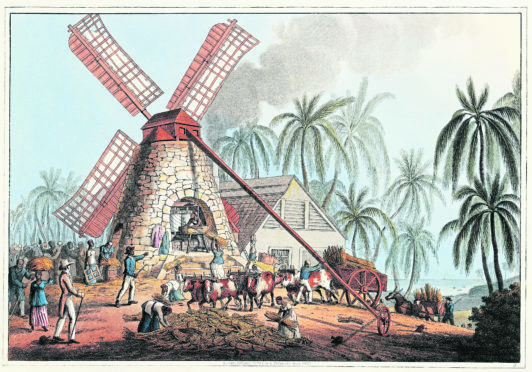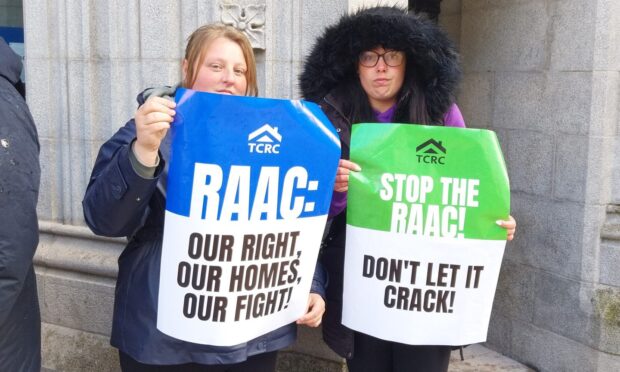It began as a community venture, designed to shed light on the links between north-east Scotland and slavery.
And now, after months of research, members of Birse Community Trust and pupils at Finzean Primary School will convene next week for the launch of “Aye, it was aabody”, a new graphic novel that tells the story of Scotland’s role in the notorious trade, thousands of miles away in the Caribbean.
On Tuesday, they will welcome Professor Sir Geoff Palmer, Jamaica’s honorary consul in Scotland, to Finzean for the unveiling of the publication and a free public talk.
The book is the culmination of a year-long community heritage project which explored the connections between Birse and chattel slavery throughout the West Indies.
It focused on the establishment of Finzean Primary School (then Bankhead Endowed School) in 1732, with funds from the sale of slaves in Barbados.
With the help of the BCT, who received backing from Aberdeenshire Council and the National Lottery Heritage Fund, pupils in Finzean explored the history of the school, delved into the lives of past pupils and examined the often improbable links between the region and the Caribbean.
They also studied the slave trade and its legacies and formed a partnership with Sir Geoff’s former primary school in Kingston to learn more about their shared history.
The graphic novel was developed by Magic Torch Comics, who held workshops with the pupils and has been illustrated by artist Mhairi M Robertson.
Sir Geoff told the Press and Journal he was excited to be involved in the project.
He said: “Scotland-West Indian history is now of great interest to the Scottish people who are surprised at the extent to which Scotland was involved in British chattel slavery in the West Indies in the 18th and 19th centuries.
“The Birse Community Project, led by Sian Loftus, has revealed the involvement in this slavery of Rev Gilbert Ramsay who hailed from Aberdeenshire.
“He bought and sold slaves in Barbados and left millions of pounds in today’s money in 1728 to a local school that is now Finzean Primary School and to Marischal College, which is now Aberdeen University.
“I consider it a great honour that I have been invited to the launch of this excellent book.
“And I am delighted that this project has initiated a partnership between pupils of Finzean School and my former primary school, North Street, in Jamaica.
“This project has enlightened many people about Scotland’s involvement in British chattel slavery.
“It has told us that, although we cannot change the past, we can change some of the cruel consequences derived from this slavery, such as racism.”
In the weeks ahead, the book will be distributed to every primary school in Aberdeenshire and to every pupil at a partner school in Jamaica.
It will also be available online.
Following the school launch, Sir Geoff will stay on in Finzean to give a free evening talk on Scotland’s slavery history at the Birse and Feughside Parish Church at 7pm.










